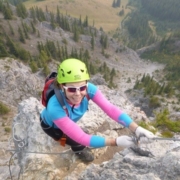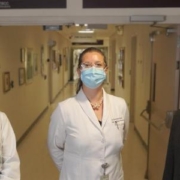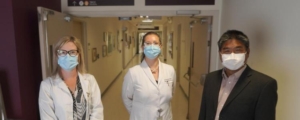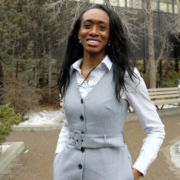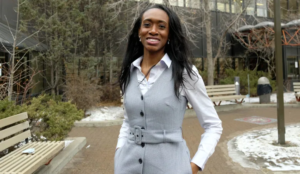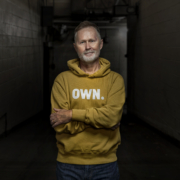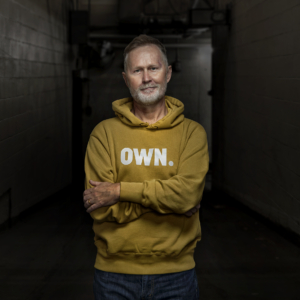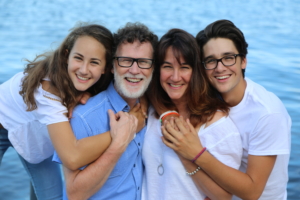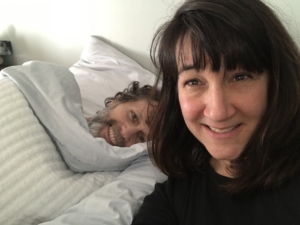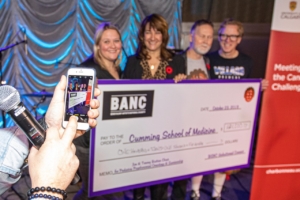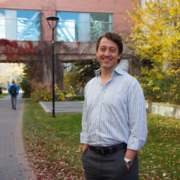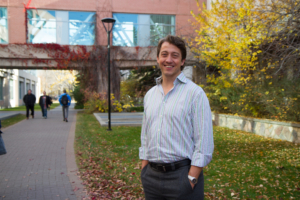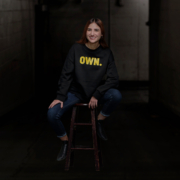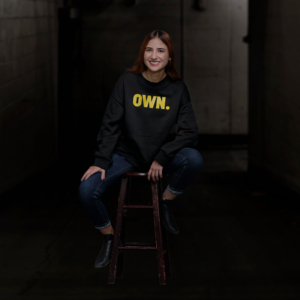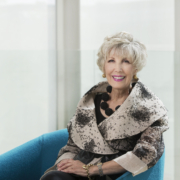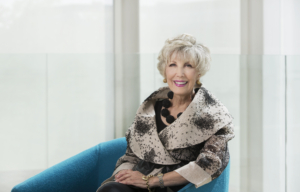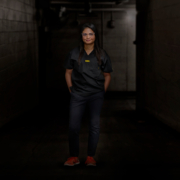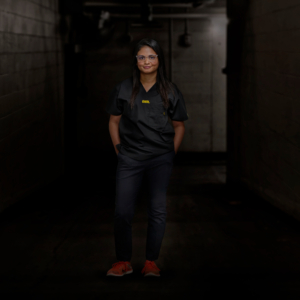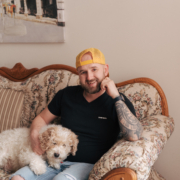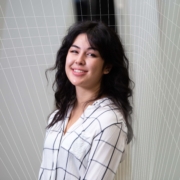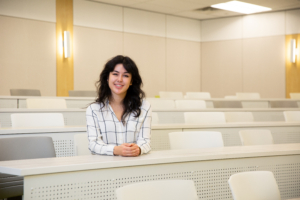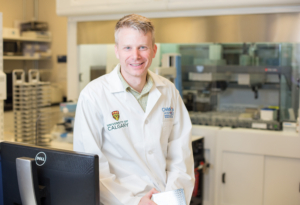Barbara Munroe – Campaign Cabinet Members
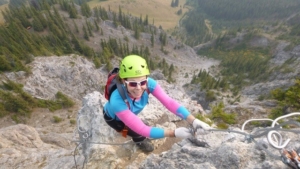
A campaign of this magnitude doesn’t happen without the support and dedication of our community. The OWN.CANCER campaign cabinet is made up of passionate Calgarians who are champions for improved cancer research, treatment and care in our province. Through their advocacy, donations and guidance, we’re closer to reaching our $250 million fundraising goal in support of the Calgary Cancer Centre. In this series, we’re sitting down with our cabinet members to learn what the OWN.CANCER campaign means to them and the impact it will have on Albertans facing cancer.
Barbara Munroe is a former lawyer having retired as executive vice president and general counsel of WestJet Airlines. Prior to that, she held senior legal and executive positions at Imperial Oil, SMART Technologies and Blake, Cassels & Graydon. Barbara Munroe is now focused on corporate directorships within the oil and gas (Crescent Point) and utilities (ENMAX) sectors, along with being a Trustee of the Alberta Cancer Foundation. She is also a two-time University of Calgary graduate (BComm ’87, LLB ’90).
I am convinced that the Calgary Cancer Centre will change the landscape of cancer care and research, while also providing meaningful and diversified economic benefits to Calgary. It will be the largest comprehensive cancer centre in Canada – that’s impact!
– Barbara Munroe
What inspires you to OWN.CANCER?
In May 2012 I was diagnosed with breast cancer. My world was displaced at the time I was full-stride in my career. One year following my diagnosis, my mother was diagnosed with cancer in her jaw that necessitated invasive surgery with long-lasting daily living effects, and my father is currently living with metastatic prostate cancer.
Having repurposed myself, I now have more time to give and the Alberta Cancer Foundation and the OWN.CANCER cabinet is the perfect fit to add my voice to the advancement of cancer awareness, prevention, screening and increased funding for research in Alberta, and for the new Calgary Cancer Centre.
I learned that the work of the Alberta Cancer Foundation supports every cancer-related clinical trial in Alberta – and that one positive clinical trial can help out hundreds of thousands of patients. That is real impact and is the practical inspiration that got me involved to advocate and fundraise for the OWN.CANCER campaign.
As the Lululemon tag goes “do one thing a day that scares you”. I am lucky as a survivor that I can try to live in the spirit of that adage – my personal inspiration to OWN.CANCER is that facing cancer should not be one of those things!
Why was it important to you to volunteer and contribute to this campaign?
You can’t help but be impressed with what has been built to date. With an investment of $1.4 billion, the Calgary Cancer Centre is the largest government infrastructure project in the province.
Construction will be complete in 2022 and it is anticipated that this facility will open to the public in 2023. That’s not a lot of time! But a lot of energy is going into attracting world-class clinicians and researchers to make the Calgary Cancer Centre the gold standard in care. Countless hours of professional and volunteer time have gone into this project, and we are on the doorstep of something that is going to be nothing short of game-changing.
It keeps coming back to that for me – the integration of research to optimize care – a collaborative approach with all of the right groups represented. This is what will differentiate the new centre and most importantly, offer hope and save lives! Integrated care and research is a pretty involved subject, but I am convinced that through the partnership with the University of Calgary, the Calgary Cancer Centre will be one of the leading cancer centres in North America.
How do you believe this campaign and the Calgary Cancer Centre will impact Albertans facing cancer?
Experience offers some perspective. While going through my own treatment, and observing that of my parents, the care and options were very good. However, the system, and the scattered and various facilities, were complex to navigate and didn’t result in feelings of being intimately connected to the universe of care providers.
Having everything in one place will alleviate anyone from feeling that they are alone when facing cancer. The feeling when walking into the Calgary Cancer Center will not be one of fear, but rather one of belonging.
I am convinced that the Calgary Cancer Centre will change the landscape of cancer care and research, while also providing meaningful and diversified economic benefits to Calgary. It will be the largest comprehensive cancer centre in Canada – that’s impact!
But most importantly, there will be a one-word answer for patients and their families facing cancer who ask “Where do I need to go?”
Here.
Click here to learn more about the OWN.CANCER campaign and the amazing work done by our cabinet members, like Barbara Munroe.

